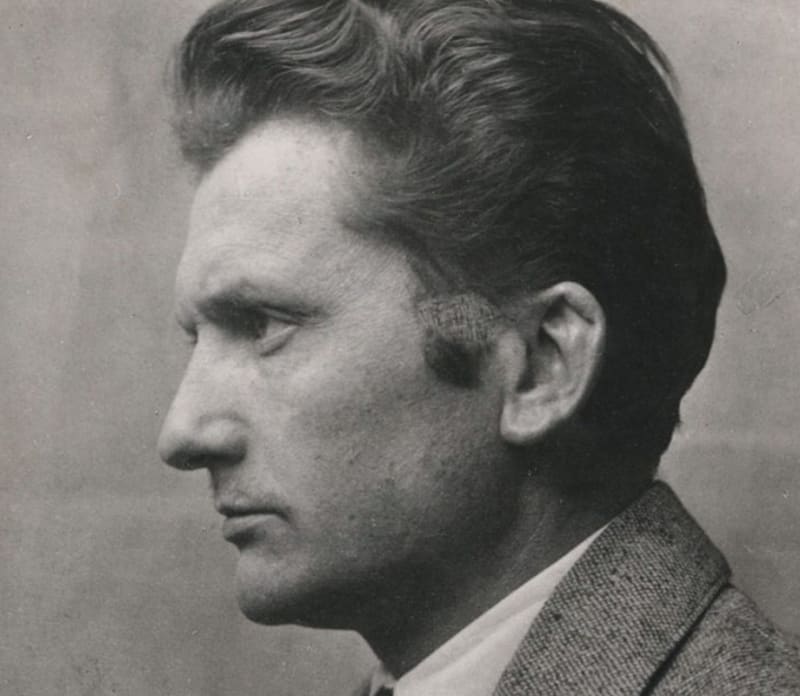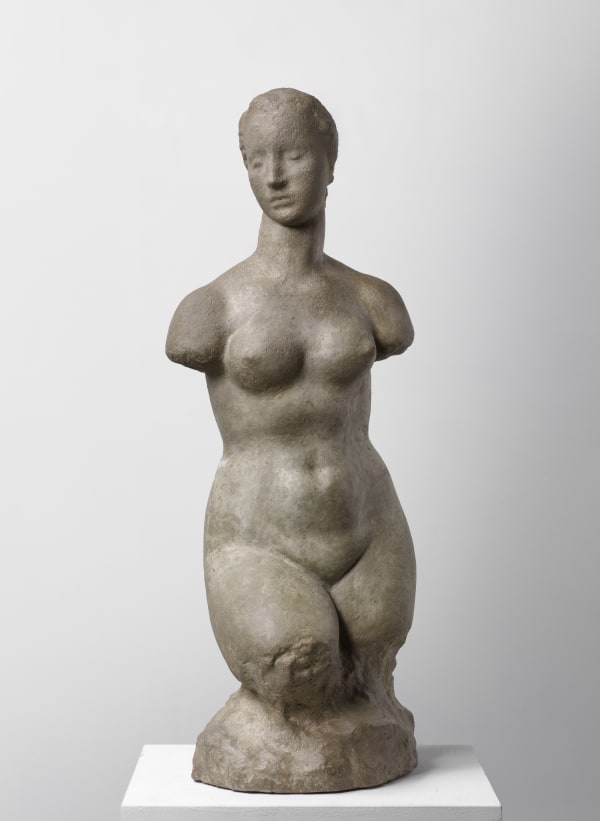WILHELM LEHMBRUCK German, 1881-1919
"Every work of art must have something of the first days of creation, of the smell of the earth, one could say: something animal. All art is measure."
Wilhelm Lehmbruck was a German sculptor who was born on January 4, 1881, in Meiderich, Germany, and died on March 25, 1919, in Berlin, Germany. He is known for his innovative and expressive sculptures, particularly in the field of modernist figurative art. In 1895, Lehmbruck began his artistic education at the Kunstgewerbeschule in Düsseldorf, Germany. From 1901 to 1906, he studied at the Düsseldorf Art Academy under the master sculptor Karl Janssen. In 1906, Lehmbruck joined the Düsseldorfer Artists Association and the Société Nationale des Beaux-Arts. Between 1910 and 1914, Lehmbruck lived in Paris, where he encountered influential artists such as Amedeo Modigliani, Constantin Brancusi, and Alexander Archipenko. This period had a significant impact on his artistic development and contributed to his unique style. During World War I, from 1914 to 1918, Lehmbruck served as a paramedic at a military hospital in Berlin. After the war, in 1919, he became a member of the Prussian Academy of the Arts Board, alongside artists like Ernst Barlach, Käthe Kollwitz, and Lovis Corinth. Unfortunately, the rise of the Nazi regime in Germany led to the persecution and defamation of many artists. In 1937, the Nazis labeled Lehmbruck a "degenerate artist" and seized 116 of his works from German museums. Despite the challenges faced during his lifetime, Wilhelm Lehmbruck's sculptures have gained international recognition. Today, his works can be found in various public collections worldwide. Some notable institutions that hold Lehmbruck's sculptures include the Museum of Modern Art in New York City, the National Gallery of Art in Washington D.C., the Tate Gallery in London, England, the Städel Museum in Frankfurt, Germany, and the Lehmbruck Museum in Duisberg, Germany.
-
 WILHELM LEHMBRUCKMädchen mit aufgestütztem Bein, 1910Bronze with dark brown patinaheight 63 cm
WILHELM LEHMBRUCKMädchen mit aufgestütztem Bein, 1910Bronze with dark brown patinaheight 63 cm
height 24 3/4 in -
 WILHELM LEHMBRUCKKleiner weiblicher Torso (Hagener Torso), Paris, 1911Cement castheight 70 cm
WILHELM LEHMBRUCKKleiner weiblicher Torso (Hagener Torso), Paris, 1911Cement castheight 70 cm
height 27 1/2 in -
 WILHELM LEHMBRUCKKopf der Schreitenden - Mädchenkopf sich umwendend, Paris, 1913/14Terracottaheight 50 cm
WILHELM LEHMBRUCKKopf der Schreitenden - Mädchenkopf sich umwendend, Paris, 1913/14Terracottaheight 50 cm
height 19 3/4 in





